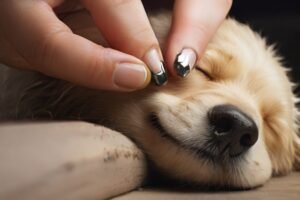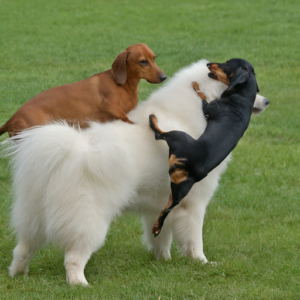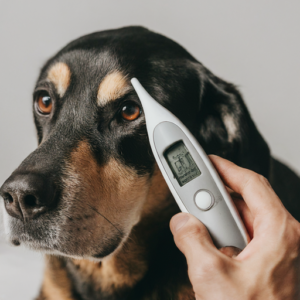Title: Top Tips for Dog Grooming
Introduction:
As a pet owner, ensuring your furry friend is well-groomed is essential for their health and happiness. Proper dog grooming goes beyond just looking good—it promotes skin health, prevents matting, and strengthens the bond between you and your canine companion. In this article, we’ll explore some top tips for effectively grooming your dog at home.
## Main Content:
1. Regular Brushing is Key
+ Brushing your dog’s coat regularly helps prevent mats and tangles, removes dirt and debris, and stimulates blood flow to the skin.
+ Different coat types require different brushes, so be sure to use the right one for your dog’s specific needs.
+ Establish a brushing routine based on your dog’s breed and coat length, aiming to brush at least a few times a week.
2. Bathing Basics
+ Use a dog-specific shampoo and lukewarm water to bathe your dog, as human shampoo can irritate their skin.
+ Be sure to thoroughly rinse out all shampoo residue to prevent itching and dryness.
+ Avoid bathing your dog too frequently, as it can strip their skin of natural oils. Aim for a bath every 4-6 weeks unless they get unusually dirty .
.
3. Nail Care Matters
+ Regularly trim your dog’s nails to prevent them from becoming too long and causing discomfort or potential health issues.
+ Be cautious when cutting nails to avoid cutting the quick, which can cause bleeding and pain.
+ If you’re unsure about nail trimming, seek guidance from a professional groomer or veterinarian.
4.Ear and eye cleaning
+ Use a damp cloth or specially formulated wipes to gently clean around the eyes to prevent tear staining.
+ When cleaning ears, be gentle and avoid inserting anything deep into the ear canal to prevent injury.
5. Professional Grooming Services
+ While grooming your dog at home is important, professional grooming services are also beneficial.
+ Regular visits to a groomer can help maintain your dog’s overall hygiene, trim hard-to-reach areas, and keep their coat looking its best.
+ Find a reputable groomer with experience and positive reviews to ensure your dog receives quality care.
Conclusion:
By incorporating these top tips for dog grooming into your routine, you can help keep your furry friend healthy, happy, and looking their best. Remember, grooming is not just about aesthetics—it’s an essential part of your dog’s overall well-being. Stay consistent, be patient, and enjoy the bonding experience that grooming provides with your beloved pet. “A well-groomed dog is a happy dog.”
External Links:
– American Kennel Club: https://www.akc.org/expert-advice/health/dog-grooming-tips/
Source:
– Cesar’s.










1 thought on “TIPS FOR DOG GROOMING”